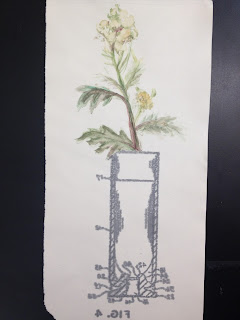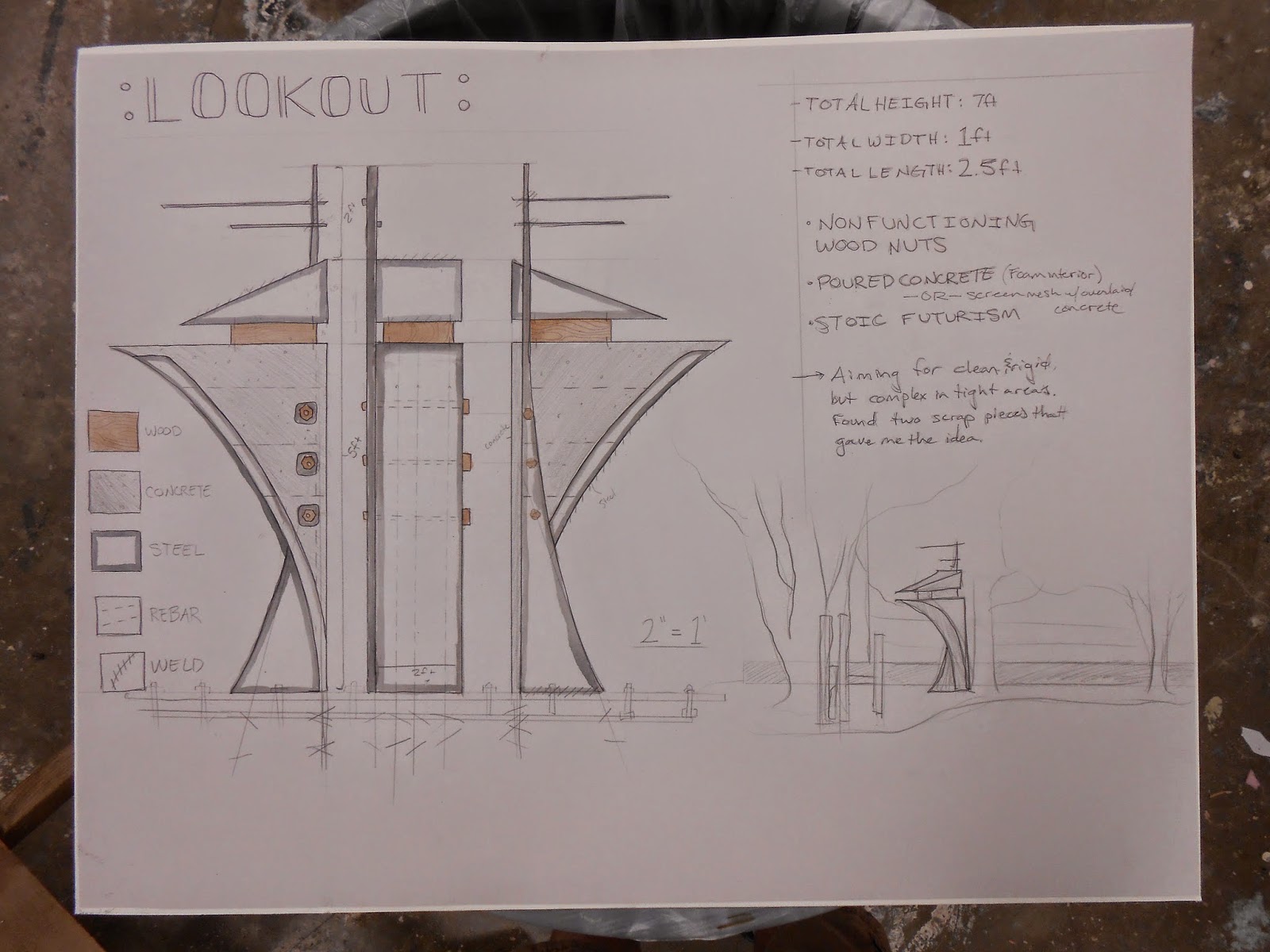It has become increasingly interesting to me to see how the contrasts of order and entropy seem to play out both in my mind and in the world. When something negative happens, there seems to be two options. One is to quickly and forcefully snuff it out. The other, more effective option, I have seen, is lasting change happens through thoughtful, consistent, steady actions. In relationships and on the news, consistency without lashing out has worked to promote harmony. Discipline becomes instinct’s cure.
In all of the pieces, firearms represent quick, chaotic, and forceful action, while the agricultural tools, like the practice of farming, show patience, consistency, and longevity. With this combination, I am subsequently alluding to the “swords-into-plowshares” of the book of Isaiah, turning weapons into tools for bearing fruit. I intersperse tight, rigorous lines indicative of Gothic cathedrals and pilgrimages against the chaotic smatterings of quick or inherently messy applications. No one side is totally winning in each piece. In line-driven work like the etching, there are scratches and uneven type. Order reigns through tight, crisp line, but it still retains smudges and scratches. The trace-drawing works in the same way, where symmetry is king, but it is soiled by cracks and noise. In the rougher reductive monotypes, where a rawer application is inherent, the guns are still compartmentalized and separated by color, implying order. The collagraphs act like the etching in their crispness and composition, being static and symmetrical, but they nonetheless have discord in their ink-smattered insides, where there is less control on the artist’s part. Color works to separate in the reductions, but more to unify in the trace drawing. However all of the color is to be reminiscent of the gothic-era stained glass windows, adding to the religious theme moving through the pieces.




















































